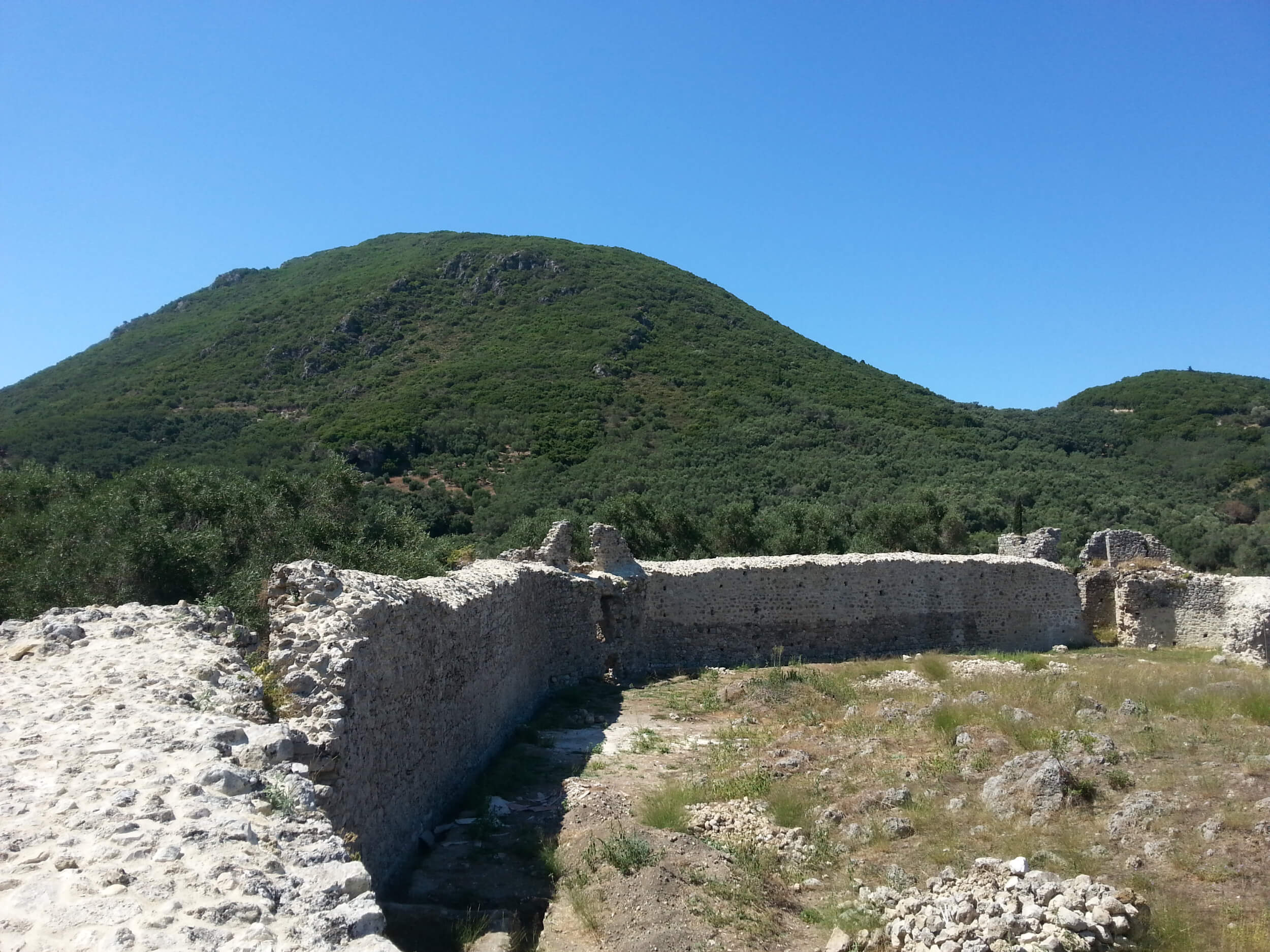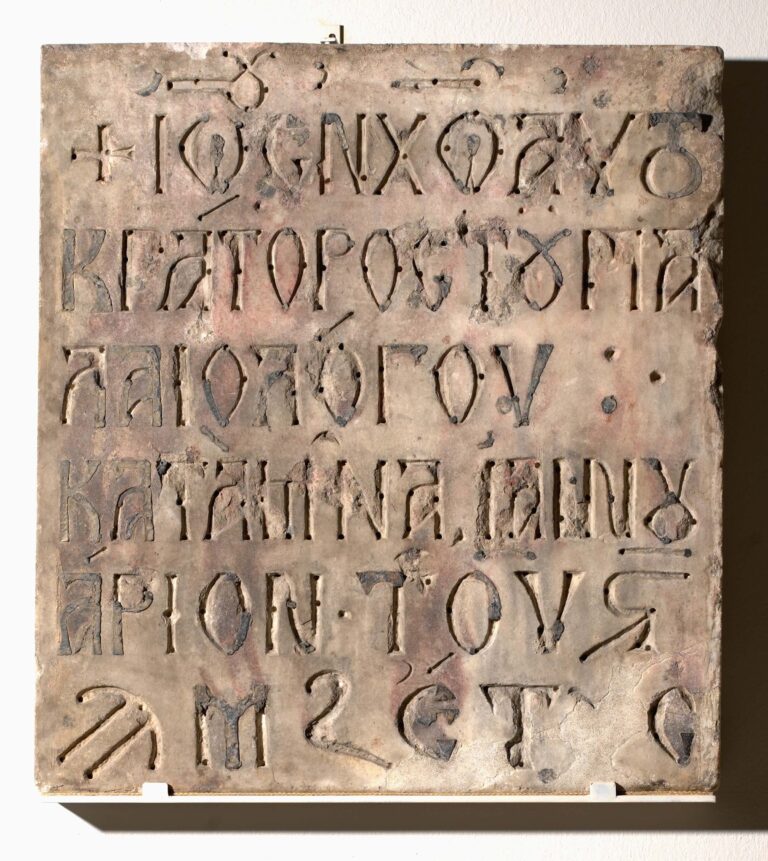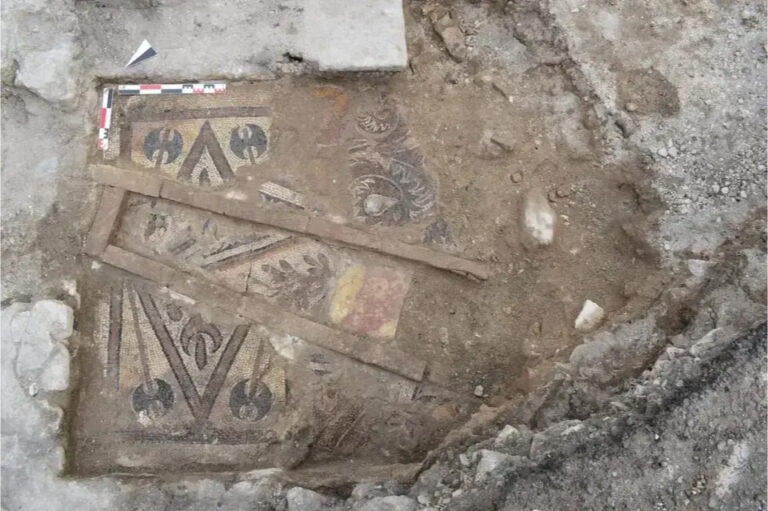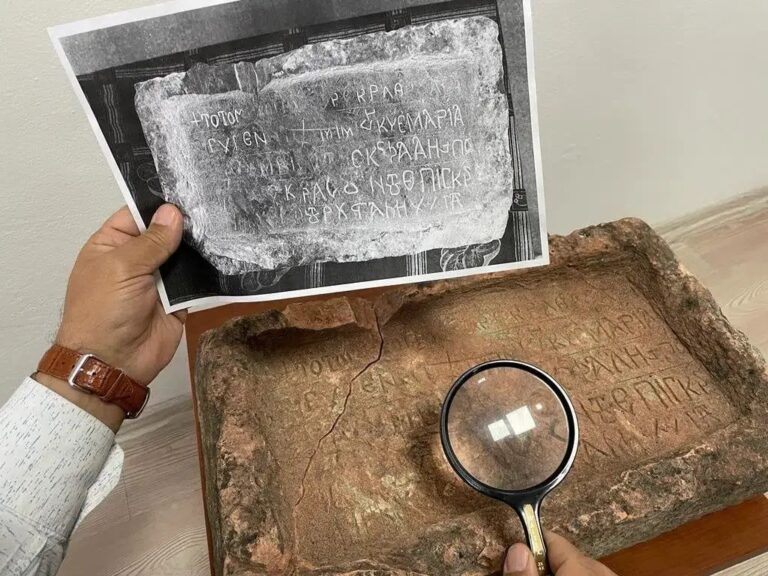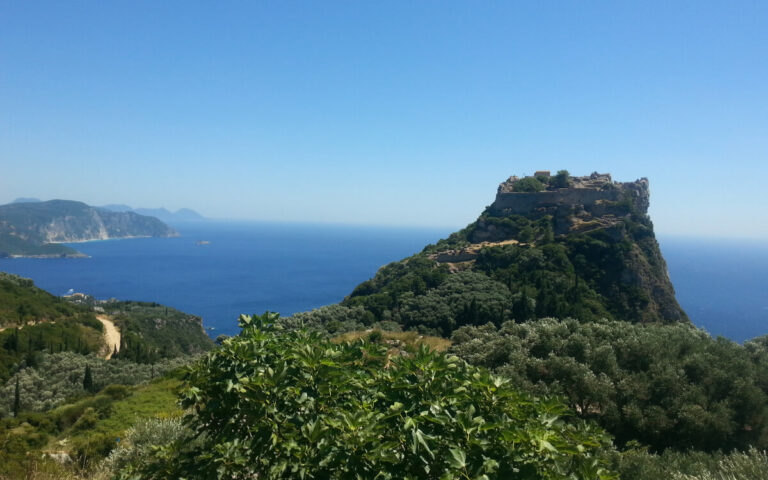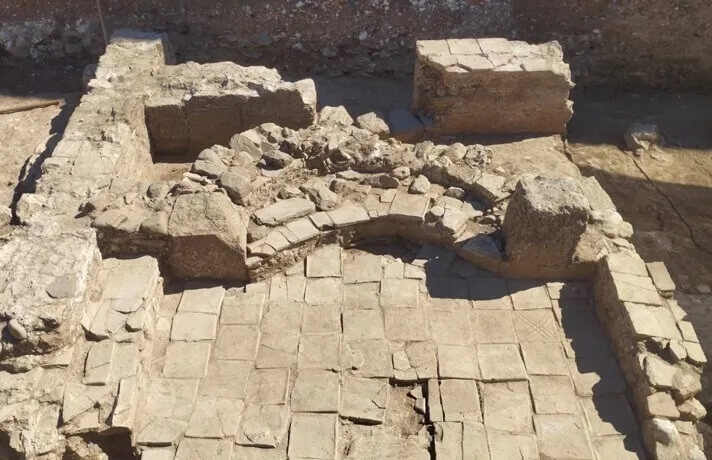The Byzantine castle of Gardiki in Corfu
The remnants of the castle of Gardiki stand today near the village of Agios Matthaios. Along with Angelokastro and Kassiopi Castle, it formed a defensive triangle protecting the island during the late Byzantine period. Additionally, Corfu town had its own castle and fortifications.
History of Gardiki castle.
Gardiki Castle is the most recent of these fortresses. After the fall of Constantinople to the Crusaders in 1204, the Byzantine Empire fragmented. One of the state that claimed its legacy was the Despotate of Epirus. His ruler, Michael I Komnenos (1205 to 1214-15), managed to seize Corfu in 1214. Scholars believed that either him or his son Michael II Komnenos (1230 to 1266-68) ordered the construction of the castle. Gardiki was intended to protect the inhabitants of Zygonos and the southern part of the island, which is relatively flat, from potential attacks and ambitions of enemies, especially the Venetians or the Normans from Sicily.
In 1259, Michael II gave Corfu as a dowry for the marriage of his daughter to Manfred of Sicily. The House of Anjou seized the island in 1267, after Manfred passed. It became Venetian from 1401 to 1797, and the castle played a role, however rather unsucessful, in defending the island against pirate incursions.
Situation and features of the castle.
The castle is situated on a low hill, while the present village of Agios Matthaios is located at a higher elevation. To the south lies Lake Korissia, separated from the sea by a narrow strip of land, providing protection to the agricultural area and the southern lowlands of Corfu. The castle has an octagonal shape and features eight strong towers adorned with rows of tiles. The construction also incorporates some elements of an ancient structure, Some elements of an ancient structure, possibly a fountain-house.
The eight towers are square, and the outline of the octagonal structure is almost elliptical. Traces of a chapel with remnants of religious frescoes depicting saints’ portraits can be seen at the top of the southern tower. Although in disrepair, the towers still retain their full height. The castle entrance is also preserved, but the interior is completely in ruins, with no recognizable structures.
